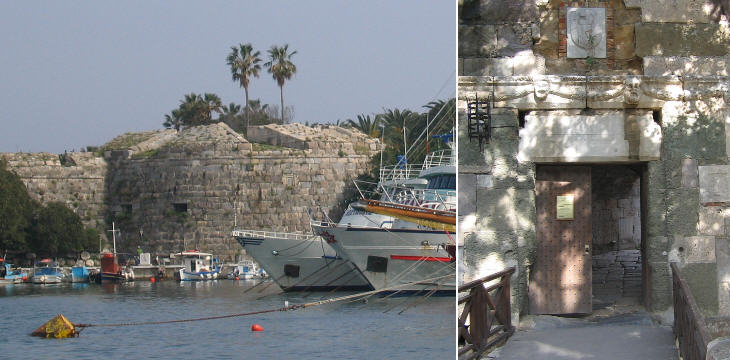  What's New! Detailed Sitemap All images © by Roberto Piperno, owner of the domain. Write to romapip@quipo.it. Text edited by Rosamie Moore. Page added in March 2007. |
 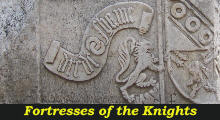 Kos Kos(relief in the fortress of Bodrum) The town of Kos (It. Coo), located at the eastern tip of the island by the same name, was founded in the IVth century BC: it soon became one of the richest centres of the region: at the beginning it was ruled by the satraps (Persian governors) of nearby Halicarnassus; after Alexander the Great defeated the Persians, Kos fell within the sphere of influence of the Ptolemies, the Greek dynasty which ruled Egypt and later on of the Romans. In the IInd century AD it was part of the Asia Minor province and it enjoyed great prosperity. After the fall of the Byzantine Empire in 1204, Venetians and Genoese competed for supremacy on the very impoverished island: the Genoese managed for a while to add Kos to the other large islands (Metelino, Scio) near the Asian coast they already controlled, but in 1315 Vignolo de' Vignoli, the Genoese lord of the island, called in the Knights of St John.
The fortress of Kos has a long rectangular shape and it protects a small harbour of shallow water: its appearance is not as spectacular as that of other fortresses built by the Knights.
The only fortification of some relevance is a round bastion built by Grand Master Fabrizio del Carretto (1513-21); its shape is very similar to the larger bastion that this Grand Master built in Rhodes. In the construction of the fortress the Knights made use of materials taken from the ruins of the ancient town and of the Asclepeion, a shrine on a nearby hill.
It is with some surprise that one discovers that the walls hide inside another fortress. It was built between 1450 and 1478: in 1480 the Ottomans were unable to conquer it. The Knights however thought that it needed to be strengthened: they eventually decided to build thicker walls on three sides of the old fortress which ended up by being hidden by the new one.
In the inner fortress the use of materials taken from ancient buildings is very evident.
The inner fortress has a more varied and interesting design than the outer one with many coats of arms of the Grand Masters.
Pierre d'Aubusson was Grand Master for 27 years (1476-1503) and he promoted first a major plan of reinforcement of the old fortress and after 1480 the construction of the new one. It is possible to identify the improvements he made after 1489 because in that year he was appointed cardinal and after that date his coat of arms was framed by a cardinal's hat. Ancient reliefs of the Aphrodisian school were often placed below the coats of arms. In June 1522 Sultan Suleyman laid siege to Rhodes and sent his troops also to Kos and St Peter's Castle, mainly to make sure these fortresses could not send help to the main town of the Knights. In late December 1522 the Knights defending Rhodes capitulated and agreed to withdraw also from all their other fortresses: they left Kos in January 1523. In May 1912 Kos was occupied by Italian troops (Italo-Turkish War) and for a few years a garrison was located in the old fortress. At that time sentinels did not have cellular phones to occupy their time and a soldier spent his time engraving in the stone a bayonet and the year (1900) he was born.
The medieval town of Kos was located next to the fortress and it was protected by low walls and a small moat filled with water. In 1933 a strong earthquake damaged what was left of the walls: it unearthed the ruins of ancient buildings and the Italian administration chose to excavate the area to bring to light Ancient Kos. The image used as background for this page shows a relief in the inner fortress portraying angels holding the coat of arms of France. Move to: Introductory page Rhodes: the Gates Rhodes: the fortifications Rhodes: the town of the Knights Rhodes: Byzantine, Ottoman and Jewish memories Rhodes: modern Italian architecture Kos: the ancient town St Peter's Castle (Bodrum) Castelrosso Calimno Lero Symi Nissiros Lindos Other fortresses Fortress of the Orthodox church Patmo (Patmos) Clickable Map of the Ionian and Aegean Seas with links to other locations covered in this website (opens in a separate window)  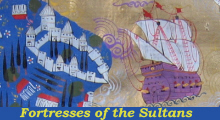 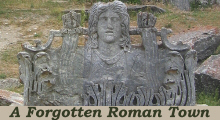 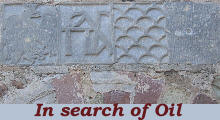 |

